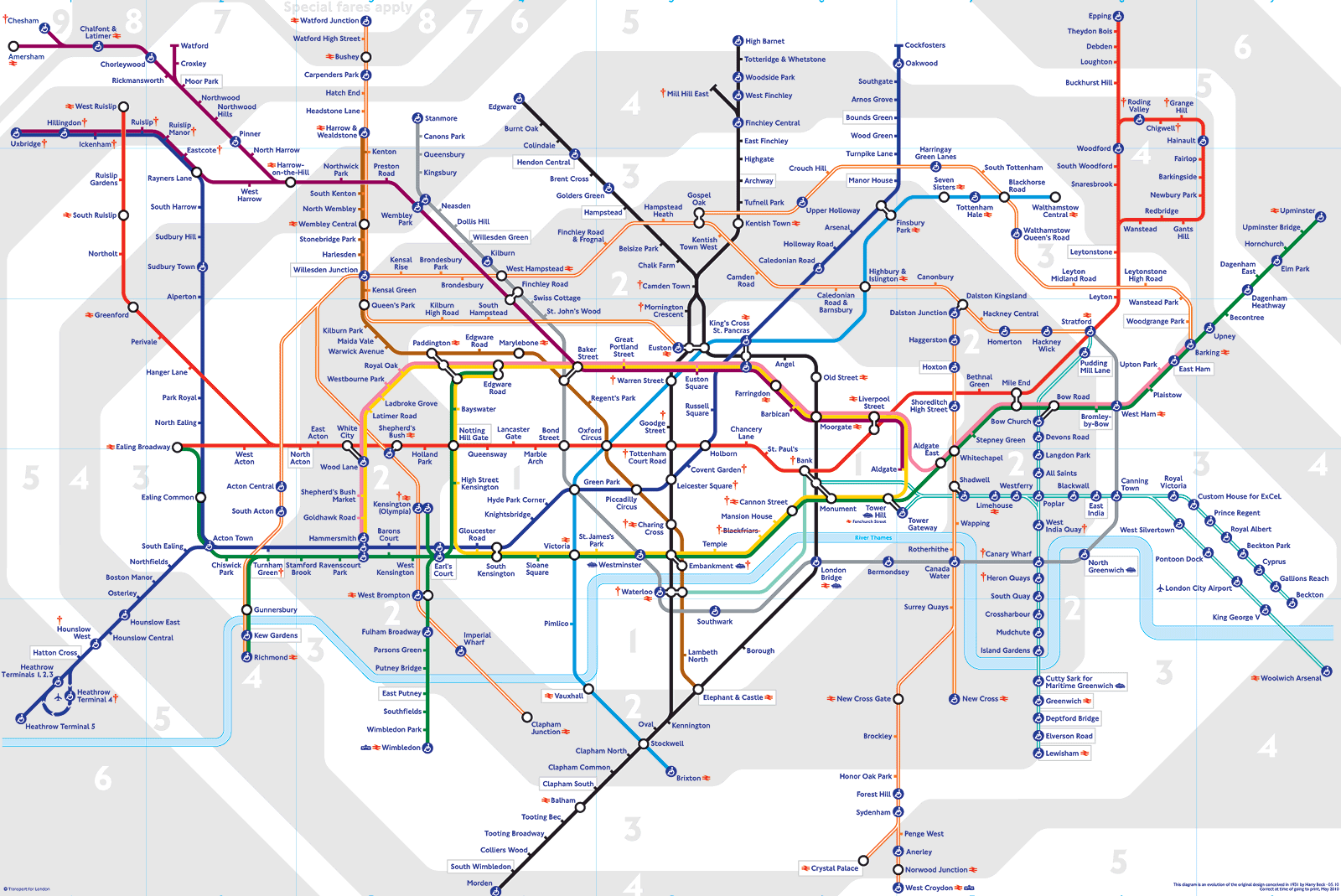World Building 101 Part 4 - Maps
Recently, Drunkards & Dragons contributor Brian (from TMSyndicate) has been writing a multipart series on World Building, and it is honestly one of my favorites (Part 1, Part 2 and Part 3). It wasn’t until my recent business trip to Las Vegas that I decided I wanted to do an add-on piece, regarding maps.
Not the colorful, high end cartography that everyone seems to be able to do (but me). Instead, I am talking about real world maps.
Using real maps for TTRPGs can add a layer of depth and immersion that RPG maps simply can't match. They are something available to everyone, and can easily be drop-in setting for your next game.
Here are some reasons why you should consider incorporating real maps into your next game:
Realism
Looks like Toby found the Monorail Maintenance Shed in Vegas
Real-world maps offer a level of realism that is difficult to achieve with digital maps. They are accurate representations of actual locations, complete with terrain features, landmarks, and geographic details. Using real maps can help players visualize the environment they are exploring and make it feel more tangible and believable.
Inspiration
A real life Masonic Square in Compass in Sandusky, Ohio
Real maps can serve as excellent sources of inspiration for game worlds. By using real-world locations as the basis for your game world, you can create a setting that feels grounded in reality but still has room for fantastical elements. Real maps can also provide details that you might not have considered otherwise, such as unique geographical features or historical landmarks.
Exploration
Map of Nuremberg, 1648. What is it like today?
Real maps can also be used to inspire exploration in the game world. By incorporating real-world locations into your game, you can encourage players to explore the environment and discover new areas. Players may be excited to explore a real-world location that they have never seen before, especially if it has been modified to include fantasy elements.
Navigation
London Subway (Tube) Map
Using real-world maps can also add an element of challenge to the game. Players will need to use their navigational skills to navigate through the environment, just as they would in real life. This can make the game more immersive and realistic, as players will need to rely on landmarks and other features to find their way.
Educational Value
Al-Idrisi's World Map (1154)
Real-world maps can also offer educational value to players. By using real-world locations in your game, you can teach players about geography, history, and culture. This can be especially beneficial for younger players who may be less familiar with certain locations.
Incorporating real-world maps into your TTRPG can be a great way to add depth and immersion to the game world. Real maps offer a level of realism and inspiration that is difficult to achieve with digital maps, as well as a sense of exploration and challenge. So why not give it a try in your next game?






